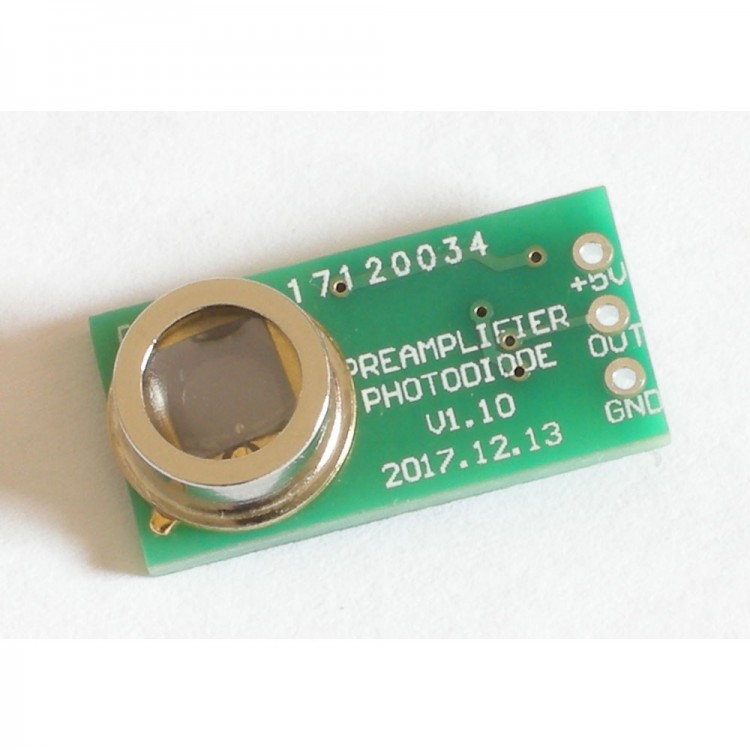
| Quantity | 3+ units | 10+ units | 30+ units | 50+ units | More |
|---|---|---|---|---|---|
| Price /Unit | $21.27 | $20.83 | $20.18 | $19.31 | Contact US |
 V6 Multifunctional Inverter Refrigerator Detector Inverter Refrigerator Compressor Detector with Equipment Bag (Master Version)
$97.59
V6 Multifunctional Inverter Refrigerator Detector Inverter Refrigerator Compressor Detector with Equipment Bag (Master Version)
$97.59
 V6 220V Multifunctional Inverter Refrigerator Detector Inverter Refrigerator Compressor Detector (Master Version)
$96.03
V6 220V Multifunctional Inverter Refrigerator Detector Inverter Refrigerator Compressor Detector (Master Version)
$96.03
 Micsig CP1003B 100MHz 5A/30A Dual Range High Frequency AC/DC Current Probe with BNC Connector for Oscilloscope
$834.98
Micsig CP1003B 100MHz 5A/30A Dual Range High Frequency AC/DC Current Probe with BNC Connector for Oscilloscope
$834.98
Photodiode Amplifier Module Light Intensity Detection Module Board Illuminometer (Made in China)
Description:
Photodiode is one of the most commonly used sensor types in many optical measurements. Applications such as absorption and emission spectrum, color measurement, turbidity, and gas detection rely on photodiodes to achieve precise optical measurements. The photodiode generates a current proportional to the amount of light irradiated to the active region. Transimpedance amplifiers are required in most measurement applications to convert photodiode current into output voltage. Figure 1 shows the schematic diagram of the circuit.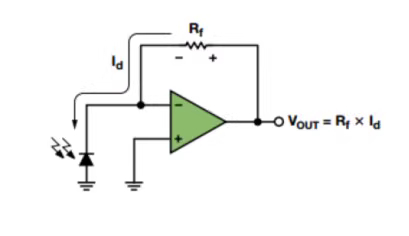
Figure 1: Simple transimpedance amplifier circuit
The photodiode of the circuit works in photovoltaic mode, and the operational amplifier keeps the voltage on the photodiode at 0 V. This is the most common configuration in precision applications. The voltage-current relationship curve of the photodiode is very similar to that of conventional diodes, but the whole curve of the former will move up or down with the change of the illumination level. Figure 2a shows a typical photodiode transfer function. Figure 2b is a magnified graph of the transfer function, indicating that even in the absence of light, the photodiode will output a small amount of current. Dark current will increase with the increase of the reverse voltage on the photodiode. Most manufacturers give the dark current of the photodiode at a reverse voltage of 10 mV.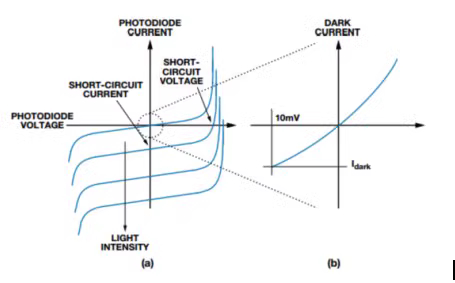
Figure 2: Typical photodiode transfer function
After the light hits the active region of the photodiode, the current flows from the cathode to the anode. Ideally, all photodiode currents flow through the feedback resistor in Figure 1, yielding a feedback voltage equal to the photodiode current multiplied by the feedback resistor. The circuit is simple in principle, but there are a number of challenges that must be solved in order for the system to perform optimally.
DC Considerations:
The first challenge is to select an op amp required by the DC specification matching application. For most applications, a low input offset voltage is the most important specification. There is an input offset voltage at the output of the amplifier. The offset voltage increases the total system error. In photodiode amplifiers, the offset voltage also generates other errors. There is an input offset voltage on photodiodes, which generates more dark current and further increases the system offset error. Software calibration, AC coupling, or both of them can be used to eliminate the initial dc offset, but large offset errors can reduce the dynamic range of the system. Fortunately, input offset voltages range from tens of mV to a few hundred mV, and there are a large number of op amps to choose from. The second most important DC specification is the input leakage current of the op amp. Current entering the op amp input, or anywhere other than the feedback resistor, will cause measurement errors. Op amps with zero input bias current do not exist, but some CMOS or JFET input op amps are very close to this value. The input bias current of the FET input amplifier increases exponentially with temperature. Many op amps are available at 85°C or 125°C. However, if the op amp does not provide specifications at 85°C or 125°C, a good approximation is that the current doubles for every 10°C increase in temperature.
Another challenge is to design and lay out the circuit to minimize the external leakage current path. Leakage current can affect the performance of low input bias current op amps. The most commonly used external leakage current path is the printed circuit board itself. For example, Figure 3 shows a possible layout of the photodiode amplifier in Figure 1. The pink traces represent the +5 V supply rail, powering the amplifier and delivering power to the rest of the board. If the resistance between the +5 V trace and the trace with the photodiode current is equal to 5 G (represented as RL in Figure 3), then 1 nA will flow from the +5 V trace into the amplifier. Obviously, this is contrary to the goal of carefully selecting a 1 pA op amp in the application. One way to minimize the external leakage current path is to increase the resistance between the trace carrying the photodiode current and any other traces. This can be as convenient as adding a larger routing exclusion zone around the track to increase the distance between it and other tracks. In some extreme applications, engineers eliminate PCB traces altogether, exposing the photodiode leads to air and connecting them directly to the op amp input pins.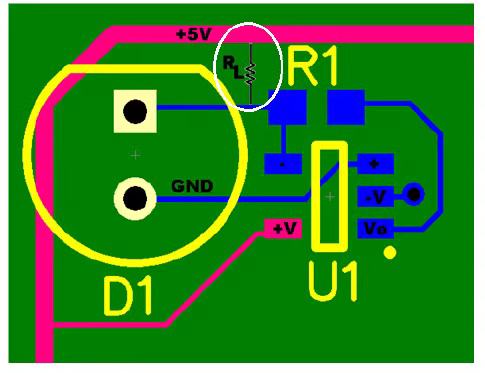
Figure 3: Photodiode layout with leakage current path
Another way to prevent external leakage current is to place a guard trace next to the trace carrying the photodiode current and ensure that both traces are driven to the same voltage. Figure 4 shows the guard traces around a network with photodiode current. The leakage current generated by the +5 V trace then flows through the RL into the guard traces instead of into the amplifier. In this circuit, the voltage difference between the guard traces and the input traces is only related to the input offset voltage of the op amp – another reason why we chose a low input offset voltage amplifier.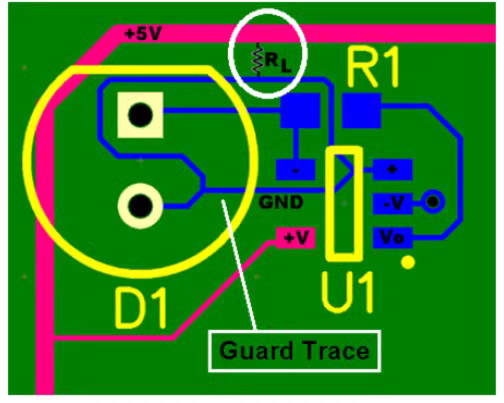
Figure 4: Use guard traces to reduce external leakage current
Package Included:
- 1 x Photodiode Amplifier Module
Packaging Details:
- Weight: 0.2kg